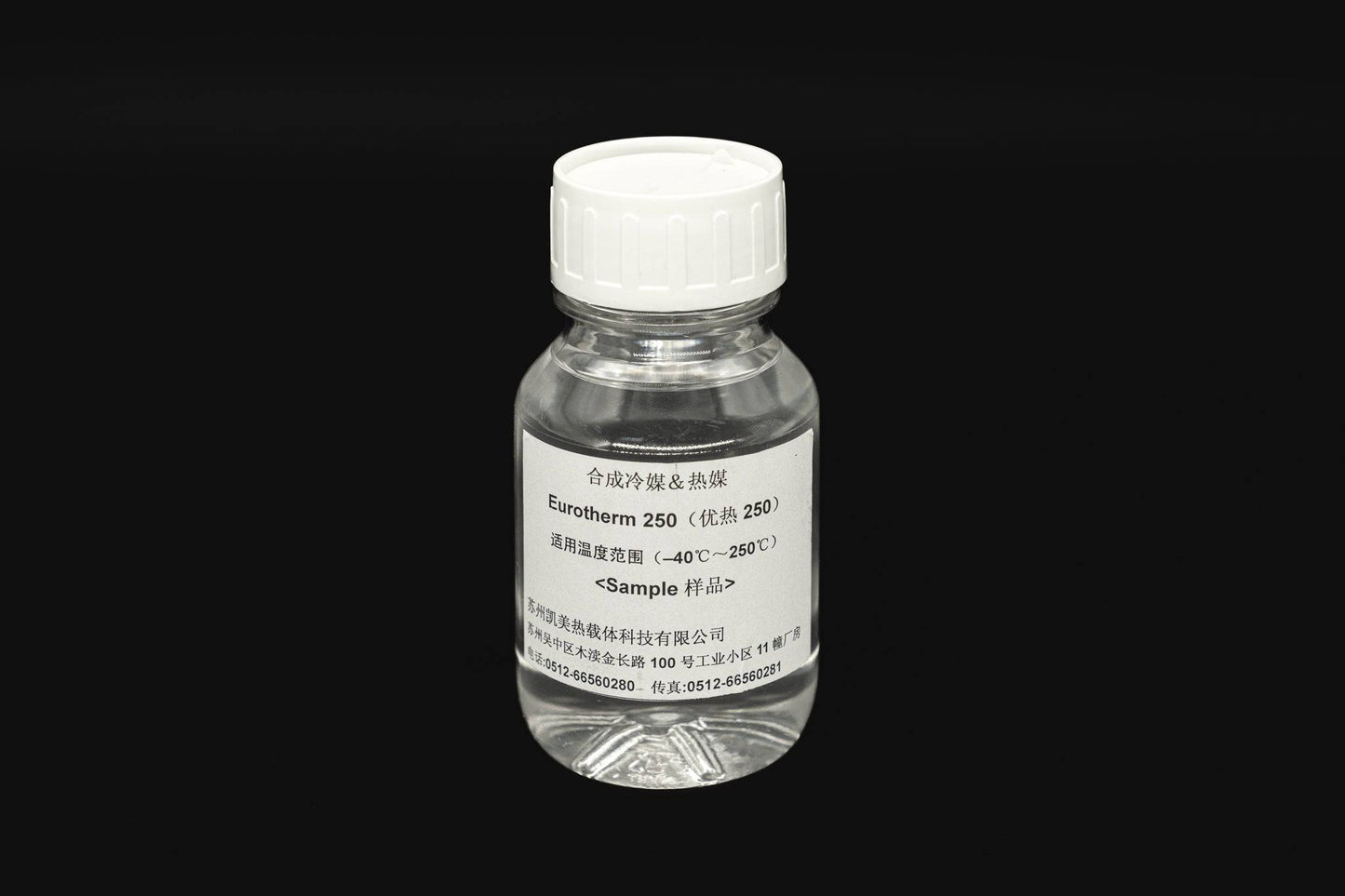Chemie Can Be Fun For Everyone
Chemie Can Be Fun For Everyone
Blog Article
Chemie - The Facts
Table of ContentsOur Chemie PDFsNot known Factual Statements About Chemie What Does Chemie Do?The Definitive Guide to ChemieChemie for DummiesChemie Can Be Fun For Everyone
By Bojanna Shantheyanda, Sreya Dutta, Kevin Coscia and David SchiemerDynalene, Inc. Liquid cooling, which can be achieved utilizing indirect or direct means, is made use of in electronics applications having thermal power densities that might exceed risk-free dissipation through air cooling. Indirect liquid air conditioning is where heat dissipating digital parts are literally separated from the fluid coolant, whereas in case of straight cooling, the components are in direct contact with the coolant.Nevertheless, in indirect cooling applications the electric conductivity can be crucial if there are leaks and/or spillage of the fluids onto the electronics. In the indirect cooling applications where water based liquids with rust preventions are normally made use of, the electrical conductivity of the liquid coolant generally depends on the ion concentration in the fluid stream.
The rise in the ion focus in a closed loop liquid stream might happen as a result of ion seeping from metals and nonmetal parts that the coolant fluid is in call with. During procedure, the electric conductivity of the fluid may raise to a degree which might be damaging for the air conditioning system.
The Chemie Ideas
(https://on.soundcloud.com/SzqB5qcKphyRMioj6)They are bead like polymers that can trading ions with ions in an option that it is in contact with. In the present job, ion leaching tests were done with various metals and polymers in both ultrapure deionized (DI) water, i.e. water which is treated to the highest possible degrees of purity, and low electrical conductive ethylene glycol/water mixture, with the measured change in conductivity reported in time.
The samples were allowed to equilibrate at space temperature level for two days prior to recording the first electrical conductivity. In all examinations reported in this study fluid electrical conductivity was determined to an accuracy of 1% using an Oakton disadvantage 510/CON 6 series meter which was calibrated prior to each dimension.
The Single Strategy To Use For Chemie
from the wall surface home heating coils to the center of the heating system. The PTFE example containers were put in the furnace when stable state temperatures were reached. The examination setup was eliminated from the heater every 168 hours (seven days), cooled to space temperature with the electric conductivity of the liquid measured.
The electrical conductivity of the liquid sample was kept an eye on for a total of 5000 hours (208 days). Figure 2. Schematic of the indirect closed loop cooling experiment set up - high temperature thermal fluid. Table 1. Elements utilized in the indirect closed loop cooling experiment that touch with the fluid coolant. A schematic of the experimental configuration is revealed in Figure 2.

Chemie - Questions
Throughout operation the liquid reservoir temperature level was maintained at 34C. The change in liquid electric conductivity was kept track of for 136 hours. The fluid from the system was gathered and stored. In a similar way, shut loophole test with ion exchange material was performed with the same cleansing treatments employed. The first electrical conductivity of the 230ml UP-H2O in the system gauged 1.84 S/cm.

0.1 g of Dowex material was included to 100g of liquid examples that was taken in a different container. The combination was mixed and change in the electric conductivity at area temperature was gauged every hour. The gauged adjustment in the electric conductivity of the UP-H2O and EG-LC test fluids consisting of polymer or metal when immersed for 5,000 hours at 80C is revealed Figure 3.
The Single Strategy To Use For Chemie
Number 3. Ion seeping experiment: Calculated change in electrical conductivity of water and EG-LC coolants having either polymer or metal samples when immersed for 5,000 hours at 80C. The outcomes indicate that metals contributed fewer ions right into the fluids than plastics in both UP-H2O and EG-LC based coolants. This could be because of a thin metal oxide layer which may act as an obstacle to ion leaching and cationic diffusion.
Fluids having polypropylene and HDPE displayed the most affordable electric conductivity modifications. This could be as a result of the short, inflexible, linear site here chains which are much less most likely to contribute ions than longer branched chains with weak intermolecular forces. Silicone additionally did well in both test fluids, as polysiloxanes are generally chemically inert as a result of the high bond energy of the silicon-oxygen bond which would certainly prevent destruction of the material right into the liquid.
Some Known Details About Chemie
It would certainly be anticipated that PVC would produce similar outcomes to those of PTFE and HDPE based upon the comparable chemical structures of the materials, nevertheless there might be other contaminations existing in the PVC, such as plasticizers, that might influence the electrical conductivity of the fluid - immersion cooling liquid. Furthermore, chloride teams in PVC can additionally seep right into the examination liquid and can cause an increase in electrical conductivity
Buna-N rubber and polyurethane showed indications of destruction and thermal disintegration which recommends that their feasible utility as a gasket or adhesive material at higher temperatures might bring about application concerns. Polyurethane entirely degenerated right into the test fluid by the end of 5000 hour test. Number 4. Prior to and after photos of metal and polymer examples immersed for 5,000 hours at 80C in the ion seeping experiment.
Measured modification in the electrical conductivity of UP-H2O coolant as a feature of time with and without material cartridge in the closed indirect cooling loop experiment. The gauged adjustment in electric conductivity of the UP-H2O for 136 hours with and without ion exchange resin in the loophole is revealed in Figure 5.
Report this page